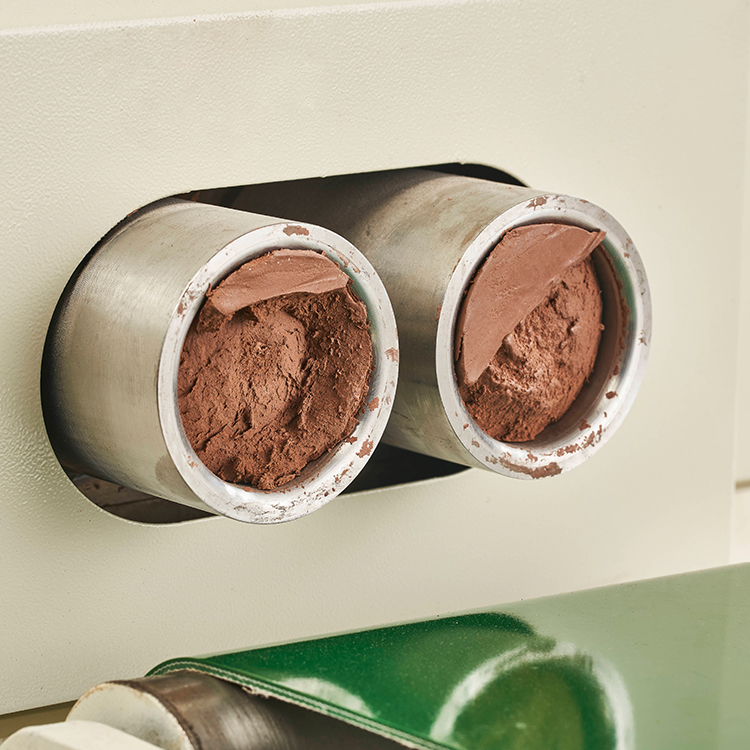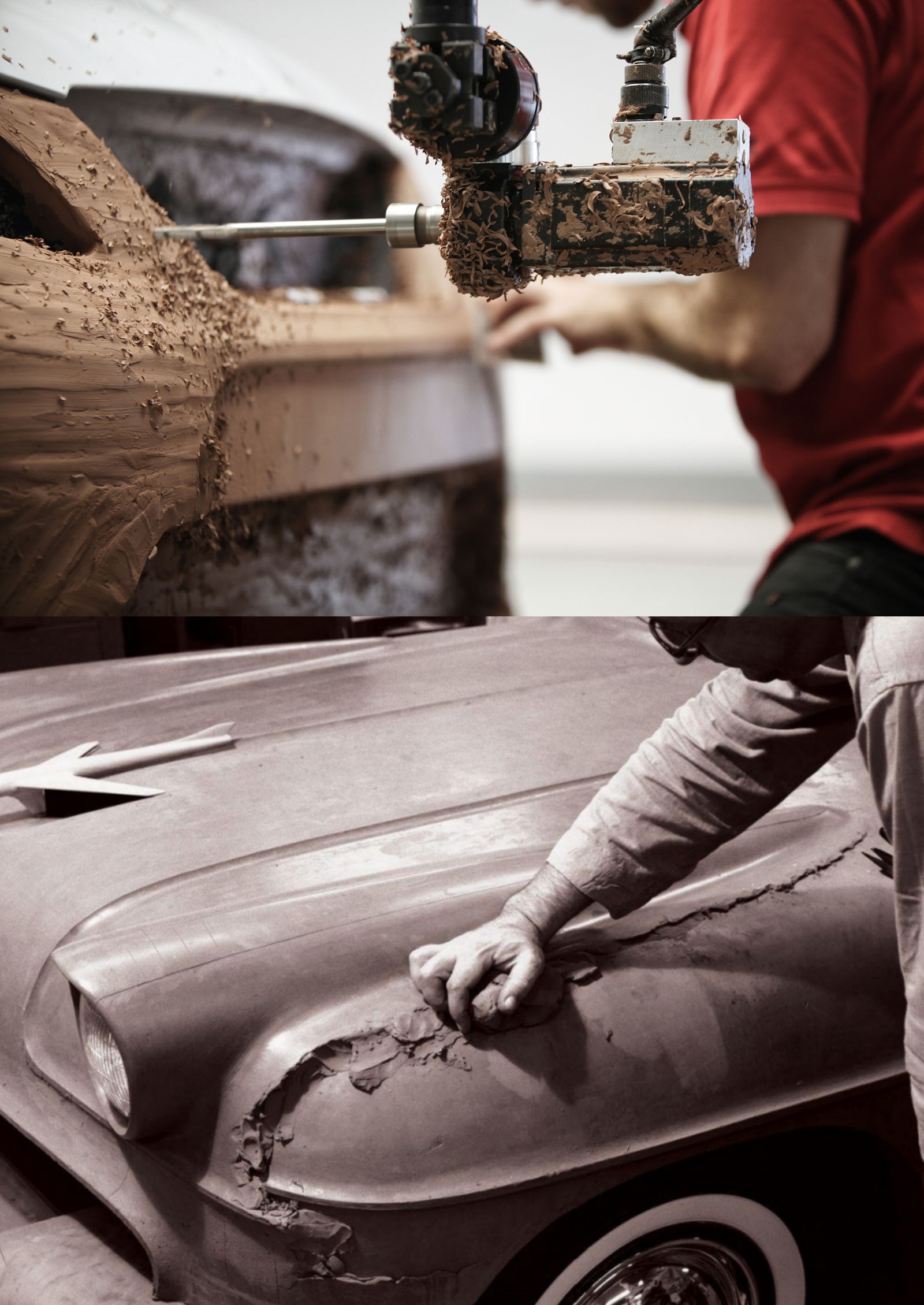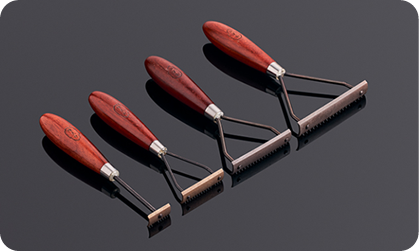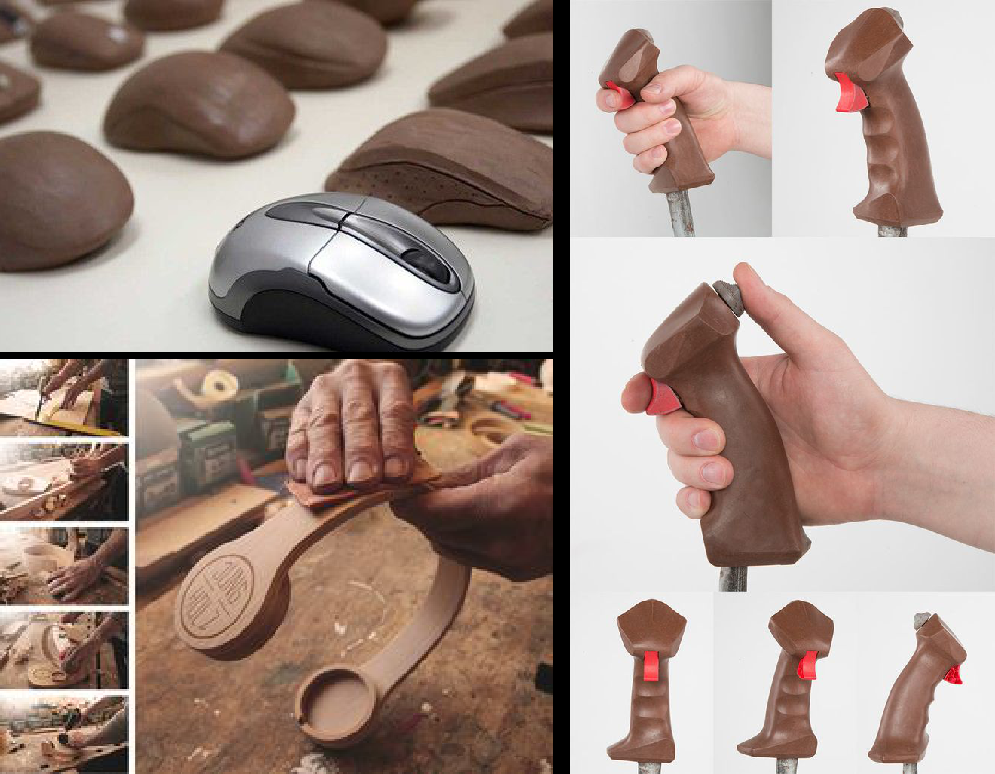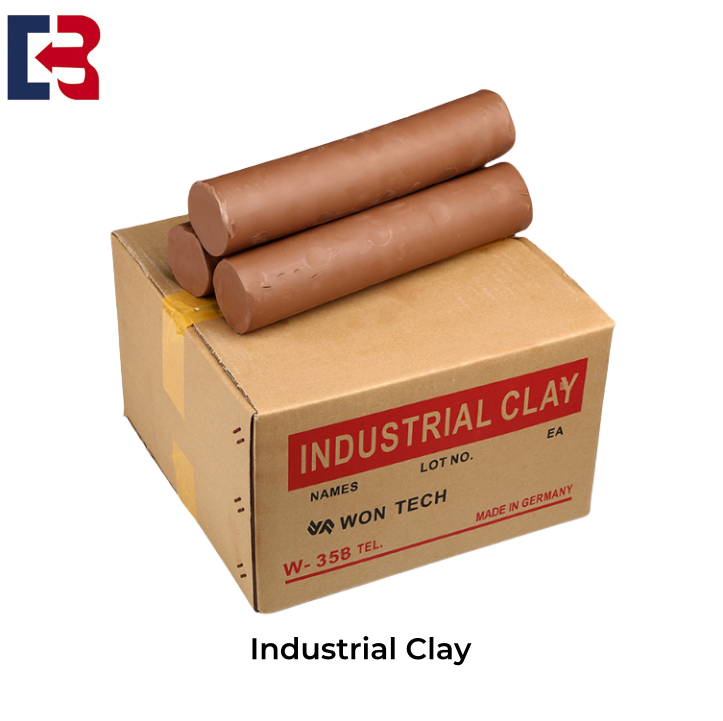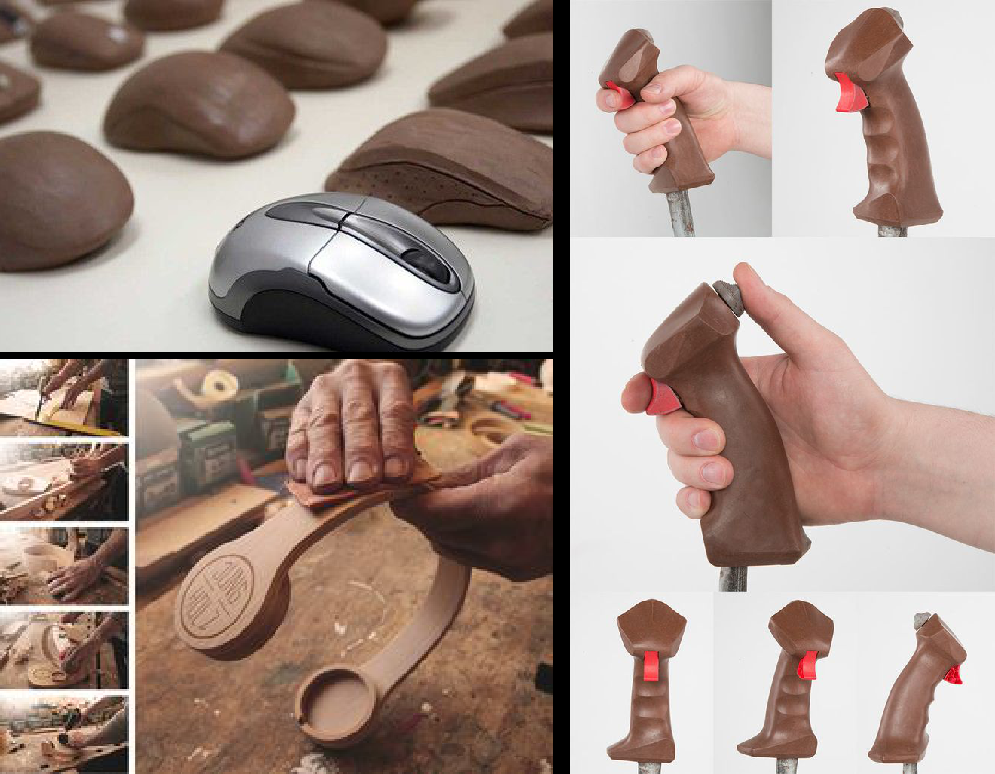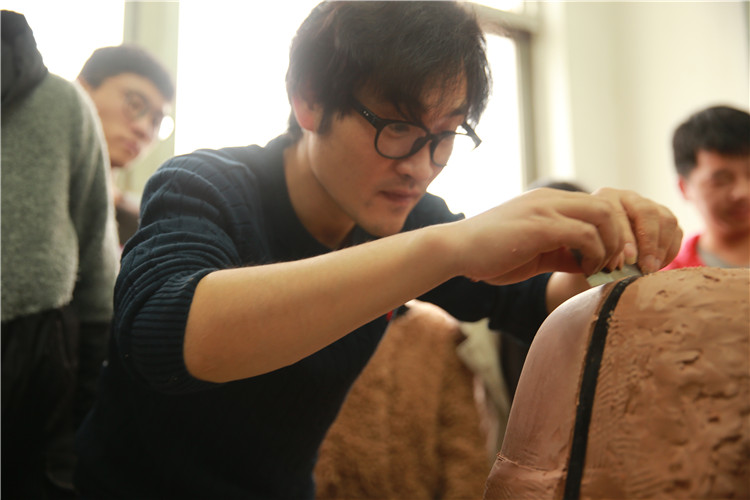
 Apr 01,2024
Apr 01,2024
 BOMI SHANGHAI
BOMI SHANGHAI
 770
770
In the increasingly competitive automobile market, reverse design is becoming a key tool to improve design efficiency. It can not only shorten the research and development cycle, but also reduce costs and improve market competitiveness.
What is reverse design?
Reverse Engineering is a technology that recreates existing products through data acquisition and digital modeling. The point cloud data of existing models is obtained through 3D scanning, and then the surface reconstruction is carried out with the help of design software to generate a new design scheme. This approach greatly speeds up prototype development and tuning.
The core process of reverse design
Data acquisition: A 3D laser scanner is used to scan the car body, obtain point cloud data, and generate a triangular mesh model.
Surface reconstruction: Using NURBS technology for surface optimization to ensure smooth and accurate modeling.
Model tuning: Based on digital models, designers can iterate quickly to meet market needs.
Advantages of reverse design
Shorten the development cycle: Fast access to existing vehicle data, optimize appearance and reduce design time.
Reduce costs: Adjust mature models rather than design from zero to reduce research and development investment.
Improve success rate: Optimize appearance and spatial layout, reduce design risk, and increase product market acceptance.
Challenges and future prospects
Although reverse design has obvious advantages in body shape and appearance optimization, its limitations in material selection and process improvement still exist. In the future, with the development of AI, big data and 3D printing, reverse design will usher in more innovation space.
